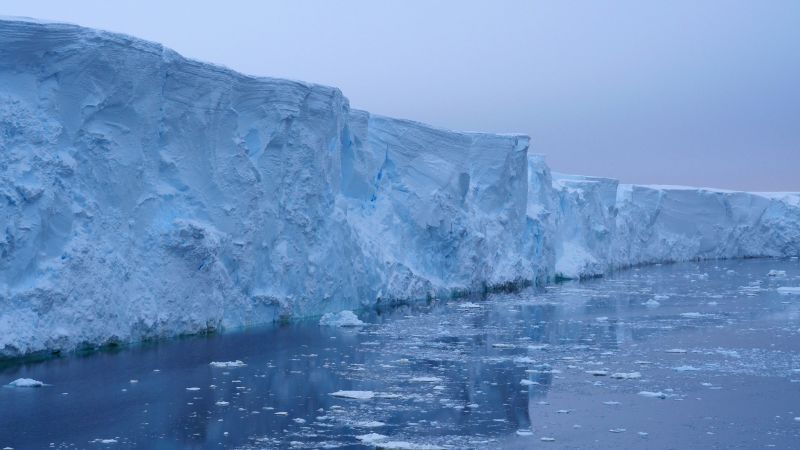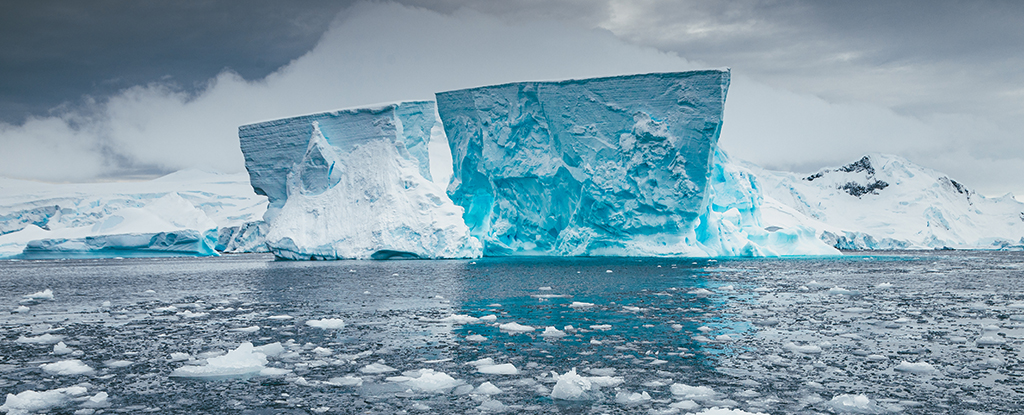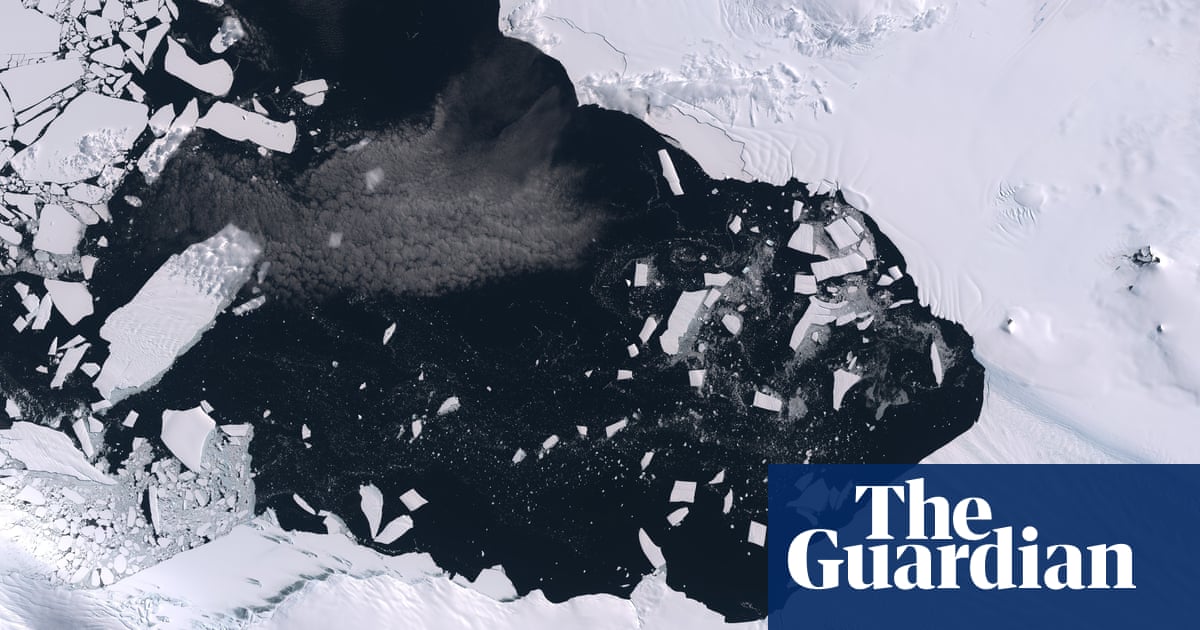A study has identified a new tipping point for the destabilization of ice sheets in Antarctica and other regions leading to a much greater increase in sea level than previously projected. The research was published in the journal Nature Geoscience.

Also Read: Denmark Sets First-Ever Carbon Tax on Agriculture
A tipping point in Antarctica refers to a critical threshold where small changes can lead to significant and often irreversible shifts in a system.
In the context of ice sheets, it involves a point at which a slight increase in ocean temperature can trigger a cascade of melting and ice loss.
The new study suggests that warming ocean water seeping beneath ice sheets in Antarctica at their grounding lines could push the ice sheets beyond a tipping point.
This phenomenon has not been adequately accounted for in existing climate models.
The grounding line is where the ice sheet transitions from resting on bedrock to floating on the ocean.
Warm seawater infiltrates these areas, creating cavities beneath the ice. This melts the ice and also forms a feedback loop where more warm water flows in accelerating the melting process.
As warm water melts the ice, it forms larger cavities allowing even more warm water to penetrate beneath the ice sheet, Antarctica. This feedback loop amplifies the melting process leading to increased ice loss and rising sea levels.
The study found that even a minor increase in the temperature of the intruding seawater can have a huge impact on ice loss.
With ocean temperatures expected to rise due to climate change, the likelihood of reaching this tipping point in Antarctica becomes more probable. The study warns that we may already be close to or even have crossed this critical threshold.
Traditional climate models have underrepresented the amount of sea level rise by not including the effects of seawater intrusion. The new findings suggest that the potential rise could be much higher than currently anticipated.
The increased sea level rise will have impacts over the coming centuries, threatening coastal cities like New York and Shanghai and affecting billions of people worldwide.
This glacier is highlighted as vulnerable due to its inland-sloping base which allows warm water to penetrate more easily and aids in the melting process.
“Doomsday Glacier,” Thwaites is less vulnerable to seawater intrusion because its ice flows into the sea so quickly that new ice fills any cavities created by melting.
Warm ocean water seeps into the grounding zone, where ice meets bedrock and extends inland beneath the floating ice. This accelerates ice melting from below.
Also Read: Greece: Volunteer Firefighter Dies Battling Wildfires
The process can trigger a runaway melting effect, where a small increase in ocean temperature causes a expansion of warm water under the ice in Antarctica.
The accelerated melting of Antarctica ice sheets due to warm water intrusion could substantially increase global sea levels.
Previous models including those used by the United Nations’ Intergovernmental Panel on Climate Change (IPCC), have underestimated the extent of ice loss and its impact on sea-level rise.
Certain areas of Antarctica are more susceptible to this melting process due to their topography, which includes valleys and cavities that can trap warm seawater beneath the ice.
The Pine Island glacier is highly vulnerable due to its sloping bedrock that facilitates the flow of warm seawater beneath it.
Existing climate models need to be revised to include the effects of warm water intrusion to provide more accurate predictions of ice sheet behavior and sea-level rise.
Recent simulations indicate that warm water intrusions could more than double the amount of ice lost from an ice sheet by adding heat and lubricating the ice flow along the bedrock.
Warm seawater being denser than the fresh water beneath the ice and can intrude beneath the ice sheet pushing further inland as the ice melts.
This creates a positive feedback loop where melting ice enlarges the cavity beneath the ice allowing more warm water to flow in and accelerate the melting process.
Recent studies have shown lower-than-expected melting rates in some areas due to the presence of a layer of colder, fresher water.
Every small increase in ocean temperature brings us closer to crossing the tipping point for ice sheet collapse.
Also Read: Chimpanzees Use Medicinal Plants to Treat Illness and Injuries





